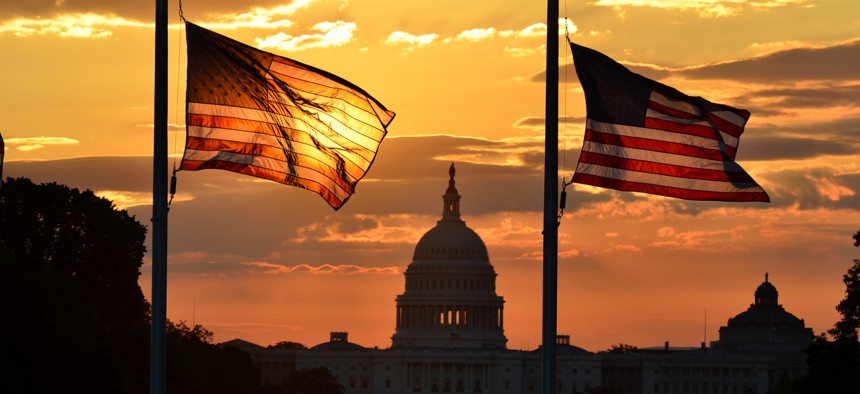Veterans Benefits Administration May Be Having Its Best Year Ever
Despite having to make operational changes, the agency has exceeded performance targets set before the pandemic.
There’s a lot of media coverage of the work of federal employees responding to the epic health, economic, and social effects of the coronavirus pandemic. But there’s also impressive work going on in federal agencies not directly related to the pandemic response, and in many cases this work is being done from home.
One of those agencies, the Veterans Benefits Administration, has even exceeded its performance targets set before the pandemic. And at the same time, Veterans Affairs Department Undersecretary Paul Lawrence, who leads VBA, has accelerated his personal outreach efforts to veterans via state tele-town halls where he’s connecting with tens of thousands of veterans in each state.
Lawrence, a veteran himself, started fiscal year 2020 back in October with a campaign to make 2020 VBA’s “best year ever” in terms of productivity and service to veterans. After successfully cutting the backlog of pending benefit claims in 2019, he set even more aggressive performance targets for 2020.
The pandemic almost derailed those efforts. However, the VBA team set up a “war room” in headquarters and developed work-arounds for how its 25,506 staff could get their jobs done via distance work arrangements.
In his most recent quarterly webcast on VBA’s performance, he lauded the eight business line teams for actually beating their quarterly goals. For example, the benefits team exceeded its quarterly target by 20%. In addition, VBA quickly adjusted some long-standing protocols to adapt to the coronavirus pandemic in order to continue serving veterans. For example, the compensation and pension business line halted its traditional in-person medical exams and switched to telehealth video and audio interviews while using private doctor treatment records. In addition, the GI Bill program will continue to pay housing allowances even if veterans are only able to attend online courses.
Lawrence noted that while VBA may have closed physical offices, agency employees are still working and ready to deliver services.
In addition to his team’s efforts, Lawrence imposed some stretch goals on himself—that he would personally connect with 1 million veterans via state tele-town halls and weekly national Whiteboard info sessions using LinkedIn Live and YouTube.
In these calls, he provides an update on VBA’s activities and how to apply for various benefits—housing, disability, GI Bill, insurance, etc. The calls are well-attended. For example, 59,300 veterans participated in the tele-town hall in New York, 33,000 in Ohio, and 9,100 in Alaska. In these calls, Lawrence personally answers questions posed by participants over the course of an hour.
While it’s unclear if he’ll meet his personal performance target of reaching 1 million veterans through these outreach efforts, as of May 12th, he had hosted calls with veterans in 14 states, with many more to come. So far, he says, he’s connected with more than 350,000 veterans.
While 2020 will be memorable for most of us as the beginning of a different way of life as a result of the coronavirus pandemic, at VBA it might well be remembered as the best year ever.






